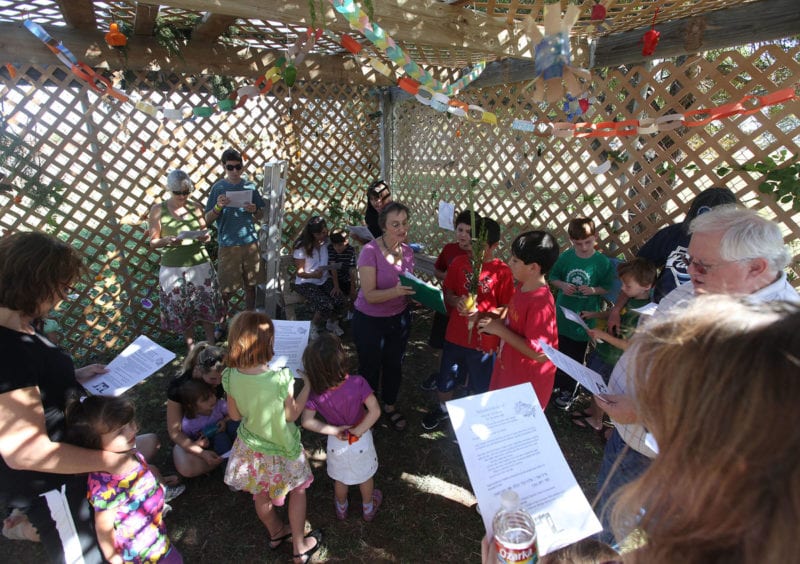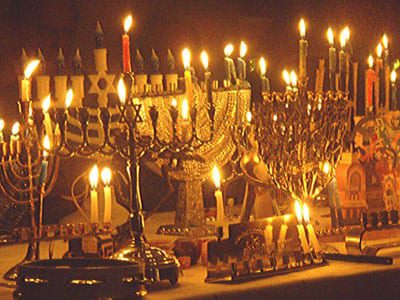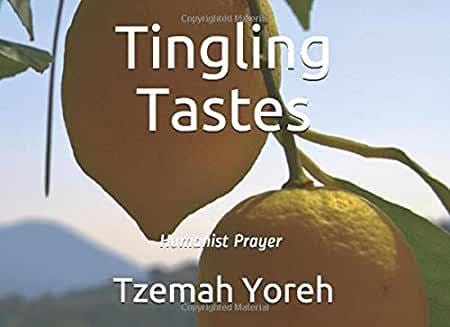
The eight-day festival of Sukkot follows the Jewish New Year. Originally a fall harvest festival, the sukkot were huts built in the fields for shelter during the harvest.
Humanistic Jews find human significance in the original Sukkot celebration. Agriculture was the first step towards human mastery of the environment. From there, human ingenuity and courage propelled farms into settlements, towns into cities, as civilization sped towards the secular age and higher human achievements. As such, we treat Sukkot a tribute to human prowess. Agricultural, industrial, and technological advances all form the basis of a Humanistic celebration of Sukkot.
Children in our cultural Jewish KidSchool celebrate the Fall holiday of Sukkot by constructing a creative sukkah for everyone to enjoy. The congregation may also dedicate a secular Shabbat program to talking about themes related to the holiday, such as the travels of our own families, the fragility of life, the benefits of shelter, and the need to help others less fortunate than ourselves.
According to the Society for Humanistic Judaism, “Sukkot offers an opportunity in the fall for communities to come together, to experience the out-of-doors, to recognize the interconnectedness of humanity, and to acknowledge responsibility for the environment. In ancient times, Jews gathered in booths for the harvest to increase efficiency. For Humanistic Jews, Sukkot offers an opportunity to work together to build the sukka, which then can become the center of an outdoor celebration: a picnic under a roof open to the sun or stars, or a community bonfire that evokes memories of family cookouts or camp overnights.”
“Three additional themes may reflect the agricultural origins of the holiday. First, building and taking apart the sukka may call to mind the transitory nature of human existence and the fleetingness of human experience. Second, the covering of the sukka is organic, suggesting human beings’ dependence upon nature, as well as their mastery of it. Third, the fullness and beauty of the harvest may focus attention on the abundance of beauty in the world.”
“Humanistic Jews use the ancient symbols of Sukkot – the lulav (a date palm branch tied together with myrtle and willow) and the etrog (a fragrant citron) – as symbols of the harvest in Israel, a connection to the Jewish homeland.”
“There is a tradition of welcoming guests, called ushpizin, into your sukka, a tradition that is very consistent with the welcoming attitude of Humanistic Judaism.”
“The last day of Sukkot is Simhat Torah, traditionally a celebration of the Torah and its teachings.”



